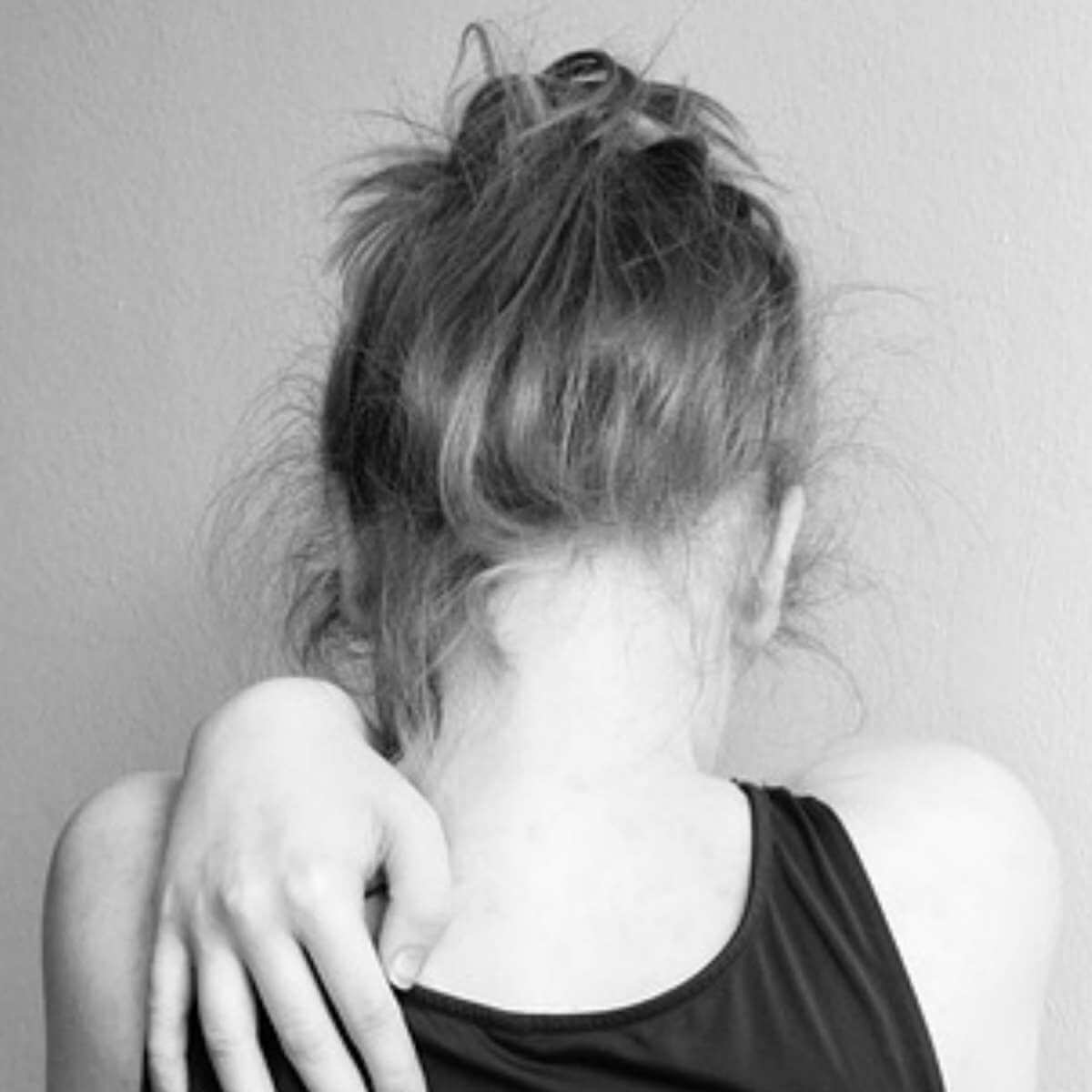Table Of Content

While your hair may regrow on its own, your dermatologist may recommend treatment to help it grow more quickly. Sometimes, treatment is essential to prevent further hair loss. There’s no known cure for alopecia areata, but treatments may help slow down future hair loss or help hair grow back more quickly. Additionally, a condition called nivolumab-induced alopecia areata can occur in people who are being treated with the cancer drug nivolumab. In these cases, hair loss is a sign that the drug is working.
You Have Alopecia Areata
A person can contact a doctor if they are concerned about hair loss on their legs. Men with CHD also started losing leg hair at an earlier age than those without CHD. If there's too much cholesterol in the blood, the cholesterol and other substances may form deposits called plaque.
stress
Over time, this miniaturization process can lead to progressive hair loss on the legs. Understanding the underlying cause of your hair loss is absolutely necessary in determining the best approach to halt and reverse any further damage to your hair and scalp. Leg hair loss is an often ignored issue with various possible health impacts. Thinning leg hair on your legs could be due to poor blood circulation in your legs. Inefficient delivery of oxygen-rich blood to your lower extremities can affect your hair growth.
Venclexta: Side effects and what to do about them - Medical News Today
Venclexta: Side effects and what to do about them.
Posted: Wed, 23 Feb 2022 22:03:49 GMT [source]
Male-pattern baldness
Yoga for Hair: 9 Science-Backed Poses to Try - Greatist
Yoga for Hair: 9 Science-Backed Poses to Try.
Posted: Thu, 26 Aug 2021 07:00:00 GMT [source]
Baldness typically refers to excessive hair loss from your scalp. Hereditary hair loss with age is the most common cause of baldness. Some people prefer to let their hair loss run its course untreated and unhidden. Others may cover it up with hairstyles, makeup, hats or scarves. And still others choose one of the treatments available to prevent further hair loss or restore growth.
When people think of hair loss, also known as alopecia, they likely think of losing strands of hair from their heads. While this type of hair loss might be the most noticeable, you can lose hair from virtually any part of your body, including your legs. Baldness is often hereditary, and is activated by a shift in your hormones. High blood sugar can damage blood vessels and nerves, which can lead to hair loss on legs. But managing blood sugar levels will help preserve healthy blood flow and nerve function. Poor circulation stymies nutrient delivery to hair follicles, which can affect hair growth.
Coronary heart disease
When the hairs reenter the growth phase, the hairs that had been suspended in the resting phase are suddenly released. Treatment options for hair loss typically depend on the cause. They can also vary according to the pattern and location of hair loss. While most causes of hair loss are treatable, some may not be.
Hair Loss on Legs Symptoms
This usually happens because of radiation treatment or chemotherapy. While it’s more prevalent in older adults, anyone can experience it, including children. With minoxidil, you might also see hair growing in places other than your scalp (cheeks and forehead, for example). Wash your face after you apply minoxidil and make sure you avoid other areas when you apply it. If you’re not getting enough of one or more of these, you can have noticeable hair loss.
This PAD symptom shows sharply defined and symmetrical hair loss patterns on legs and appears to be more prevalent in men as compared to women. In the type of patchy hair loss known as alopecia areata, hair loss occurs suddenly and usually starts with one or more circular bald patches that may overlap. The thyroid gland plays an important role in the growth and maintenance of hair follicles. Having an underactive thyroid (hypothyroidism) or an overactive thyroid (hyperthyroidism) can affect the hair growth cycle. However, if you notice large amounts of hair falling off your legs or if it happens suddenly, it may be time to see your doctor. When it occurs in the arteries supplying blood to the limbs, it causes peripheral artery disease.
At American Endovascular, we prioritize your well-being and are committed to providing comprehensive care for peripheral artery disease. We understand the significance of leg hair loss as a potential symptom of PAD and the importance of early detection and management. Just request an appointment at our nearest vascular center in NY and NJ, to get the treatment you need. At American Endovascular, our affiliated vascular specialists in NY & NJ have years of experience treating peripheral artery disease and improving symptoms for patients. If you have noticed that your leg hair is thinning or not growing, our specialists are here to help you.

It’s also the most common cause of hair loss, affecting up to 50% of people. There are several types of hair loss, some are common and some are rarer, and each with different underlying causes. It’s typical to lose between 50 and 100 hairs a day, according to the American Academy of Dermatology (AAD). With about 100,000 hairs on your head, that small loss isn’t noticeable. New hair normally replaces the lost hair, but this doesn’t always happen.
Discover 7 tips to prevent this common condition and improve your leg health. The loss of leg hair as one ages is a completely natural process. This phenomenon, often overlooked, is indeed a part of the broader spectrum of aging. Remember, it's crucial to consult with a healthcare professional before jumping into any treatment to ensure it's the right fit for your specific needs. If you have alopecia, you can help hold onto your tresses by avoiding behaviors that are known to contribute to temporary and permanent hair loss, Mirmirani says.
Sometimes the claims on supplement labels are inaccurate or misleading. Always talk with a healthcare professional before trying any herbal or vitamin supplement. Steroid injections are a common option for mild, patchy alopecia to help regrow hair on bald spots. Healthcare professionals use tiny needles to inject the steroid into the bald area. When children develop this condition, it’s known as early onset alopecia areata. You're likely to first bring your concerns to the attention of your family doctor.
There were no significant incidence differences based on the NHS. Use Thickening Shampoo and Conditioner, which are formulated with ingredients to make aging hair look thicker and therefore easier to style. These products also help add strength to the outside of strands making aging hair less prone to breakage.
Stopping hair loss indefinitely depends upon the underlying cause. As a general rule, the sooner you treat hair loss, the more likely you will be able to reverse or reduce the rate of hair loss. If you’re currently losing hair, use a gentle baby shampoo to wash your hair. Unless you have extremely oily hair, consider washing your hair only every other day or less.
Hair follicles require nutrients to keep them healthy and to allow your hair to grow. When people have PAD, their arteries are narrowed by plaque buildup. This makes it difficult for adequate blood and oxygen to provide nourishment to the muscles, tissue, and other parts of the leg, including the hair follicles.
No comments:
Post a Comment